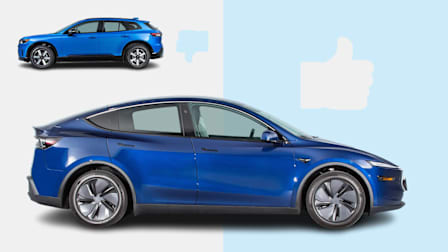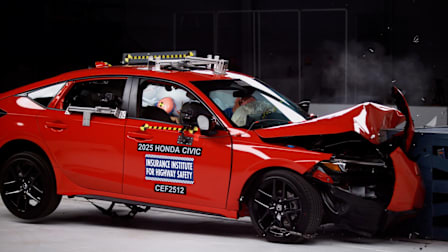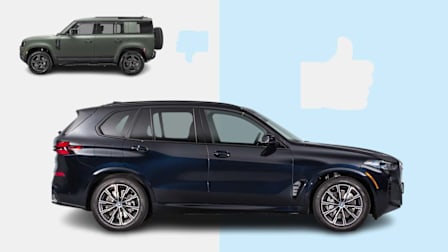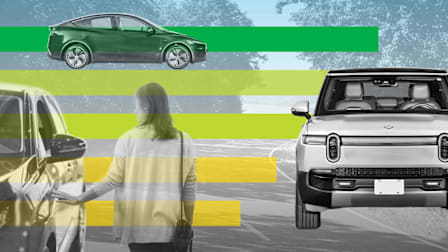Best Car-Safety Performance
Good braking and handling can help you avoid an accident
A vehicle with good braking and emergency handling can help you avoid an accident. Typically, smaller, sportier vehicles perform well in these tests and larger trucks are slower to maneuver.
Consumer Reports’ crucial emergency driving tests include an avoidance maneuver and a series of at-the-limit cornering assessments around a handling course—a snaking track loop.
If you’re a Consumer Reports member, this article is available to you. CR members have full access to the results of our Annual Auto Surveys; first-drive reviews of the newest cars, SUVs, and trucks; and our full road tests and exclusive ratings for each vehicle we buy. If you’re not a CR member, click below to join.

















